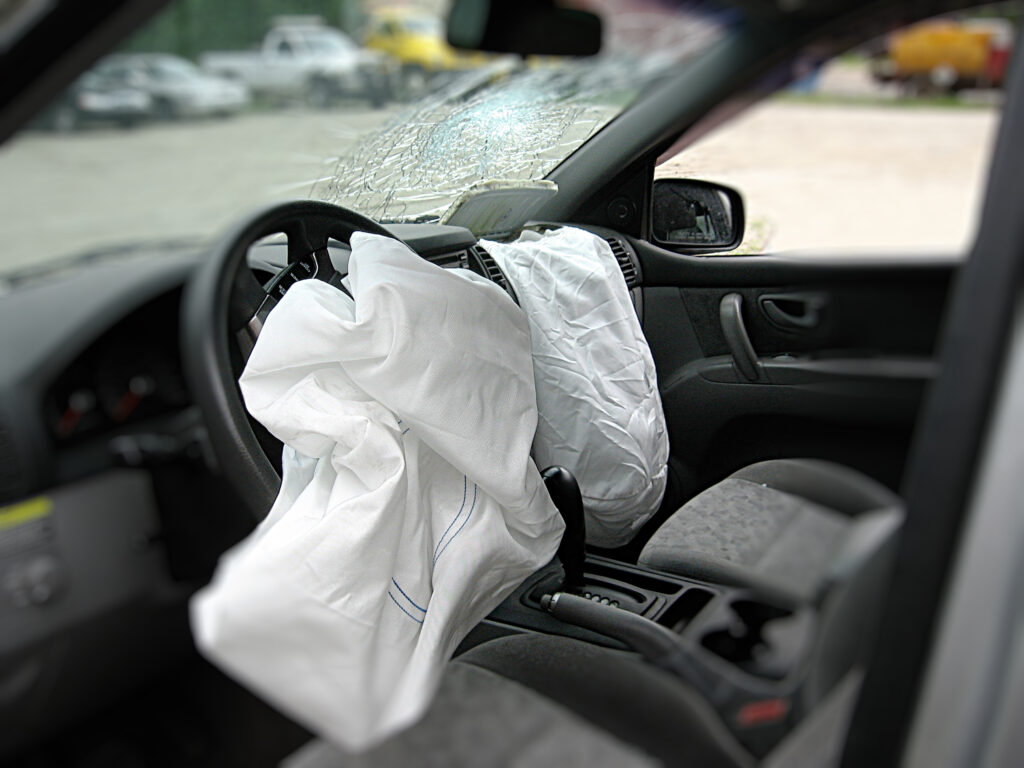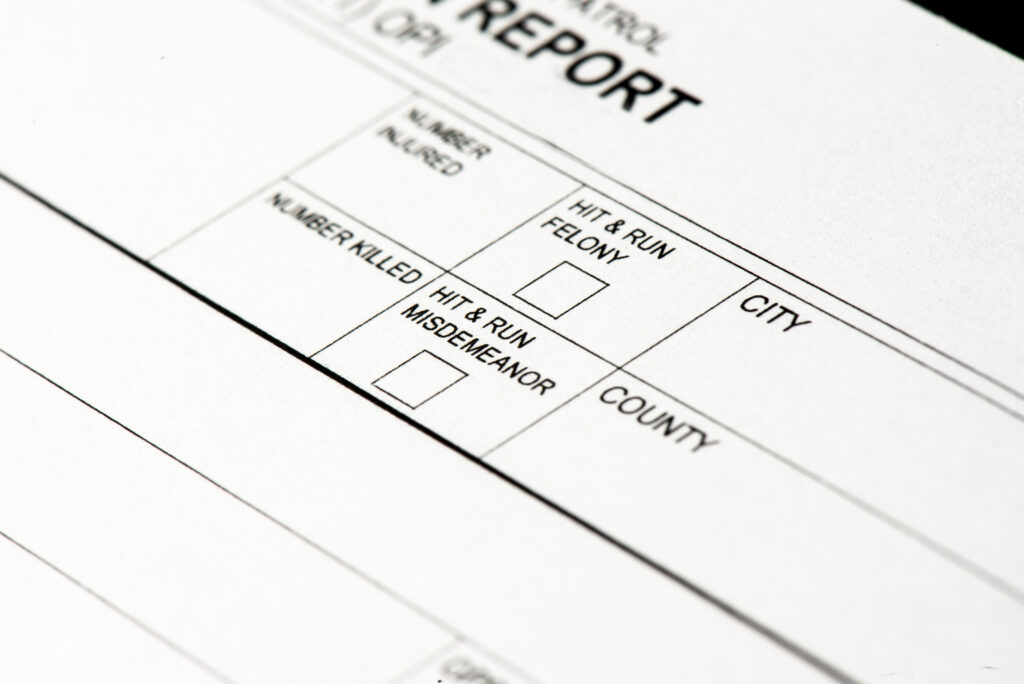
More than 3,000 California residents die due to car accidents every year. This is higher than any other state. Single-car crashes make up 60% of all California fatalities, and 55% of the state’s fatal crashes involve speeding and drunk driving.
When you are in a car accident in California, knowing the law helps you to put together a winning court case. California car accident laws establish the handling of the insurance claim, how soon after the accident you must file a lawsuit, and what damages are available. You must also understand traffic law, personal injury law, insurance law, court rules, and legal terms to have a successful outcome.
One of the most important steps following injuries from a car crash is obtaining legal help. This guide shares information about California accident laws and where to find a car accident lawyer who can get you the compensation you deserve.
Insurance Requirements
In California, each driver is financially responsible for accidents where they are at fault. The California Insurance Code §11580.1b and Vehicle Code §16056 require a minimum of 15/30/5 insurance. This means the least amount of coverage a vehicle can have is:
- Injury or death to a person: $15,000 coverage
- Injury or death to more than one person: $30,000 coverage
- Property: $5,000 coverage
Police on the scene of an accident may request proof of insurance, which must be available when operating the vehicle. If you cannot provide proof of coverage, you will be subject to a citation, fines, and possible loss of driving privileges.
It is not mandatory to purchase uninsured and underinsured motorist coverage, but California Insurance Code §11580.2 requires every insurance company to have it available. This provides coverage for injuries and property damage that a motorist with insufficient or no insurance causes. The law requires that if you decline this coverage, you must refuse in writing.
To protect yourself in the event of an accident resulting in a lawsuit, you can purchase supplemental insurance for:
- Comprehensive: covers damage from non-collision events, including vandalism, glass damage, fire, weather, and more
- Collision: covers damage from impact with an object, including another vehicle, guard rail, mailbox, telephone pole, and more
- Increased Liability: provides additional coverage if your responsibility for accident costs is higher than your standard coverage limits
- Medical payments: help cover medical expenses for you and your passengers even if you are at fault for the accident
- Theft: covers personal items that were stolen from your vehicle, including laptops, cell phones, and other items
This insurance protects you if you cause an accident and the other person sues you for damages.
Accident Reporting Requirements

When an accident occurs in California, the vehicles must stop at the scene and check for injuries. If necessary, you must render first aid. You must also exchange information with the other driver.
Report to Police
California Vehicle Code § 20008 requires reporting in writing accidents resulting in injury or death within 24 hours of the accident. Reporting may be by the vehicle driver or their car accident attorney. You may file with the local police department where the accident took place or with the California Highway Patrol.
If law enforcement comes to the scene of the accident, they will write a written report. This is the only time you will not need to file a report.
Report to DMV
In addition to law enforcement, accidents must be reported to the DMV pursuant to California Vehicle Code §1600 within ten days if any of the following apply:
- A person dies
- A person suffers injuries
- Property damage over $750
To complete the accident report, you will need to furnish the following information:
- Date, time, and location of the accident
- Description of property damage and injuries
- Driver’s license information, including birthdate, for all vehicles in the accident
- Complete contact information (name, address, phone number) of all drivers and anyone suffering injuries
You will also need to provide your insurance information in the report
Report to Your Insurance Company
In addition to reporting to the police and DMV, you must notify your insurance company as soon after the accident as possible. If the other party is at fault, your insurance carrier will contact the at-fault driver’s insurance company to open a claim. If you have a car accident attorney, they can handle notification for you.
Recovery of Damages
In California, you can collect economic and non-economic losses you suffer due to another person’s negligence. Economic losses are those with a monetary value, including:
- Automobile repair or replacement
- Burial expenses
- Loss of business opportunities or employment
- Loss of earning capacity
- Loss of income
- Lost use of property
- Medical costs: present and future
Non-economic damages do not have a definite monetary value. Juries can award non-economic damages they deem fit for:
- Disability
- Disfigurement
- Emotional distress
- Inconvenience
- Loss of consortium, companionship, affection
- Mental anguish
- Pain and suffering
California does not have a ceiling on the amount of non-economic damages a jury can award.
One interesting and unique part of California law is that it prohibits a person without auto insurance from recovering non-economic damages, even if the other driver is at fault. They may collect only economic damages.
Statute of Limitations
California law allows car accident victims to file a lawsuit two years from the accident date. The court may dismiss your untimely filing if you fail to file your lawsuit within that time.
The exception to this rule is if the victim is minor or mentally incapacitated, there is a reasonable delay before discovering an injury, the defendant is incarcerated, or the defendant cannot be found.
If Defendant Is a Local, County, or State Government
If you suffer injuries from an accident with a government employee, the resolution is not through a standard lawsuit. When filing against government officials, you must file an administrative claim, and the statute of limitations is only six months from the accident date.
The Government Claims Program reviews and processes the claim they receive for damages or money against the state. If you want to file a lawsuit against the state or state employees, the first step is to pursue a remedy through the administrative claims process.
Pure Comparative Negligence
When determining accident liability, California uses the pure comparative negligence system. This means if more than one person is at fault, the liability is split between them according to the percentage that they are at fault.
If two vehicles are in an accident, with one suffering injuries, fault will determine each person’s responsibility percentage. If the total damage award is $250,000, with the injured driver being 25% at fault and the other driver 75% at fault, damages will be adjusted. In this case, the injured party will receive only 75% of the award, or $187,500.
Need Help Navigating California Car Accident Laws?

When you suffer injuries in a car accident, you need to concentrate on your recovery. Let Santiago Accident Lawyers navigate California car accident laws, insurance settlements, and legal filings.
If you or a family member suffers from personal injuries in an automobile, truck, or motorcycle accident, contact us to schedule a free consultation.


